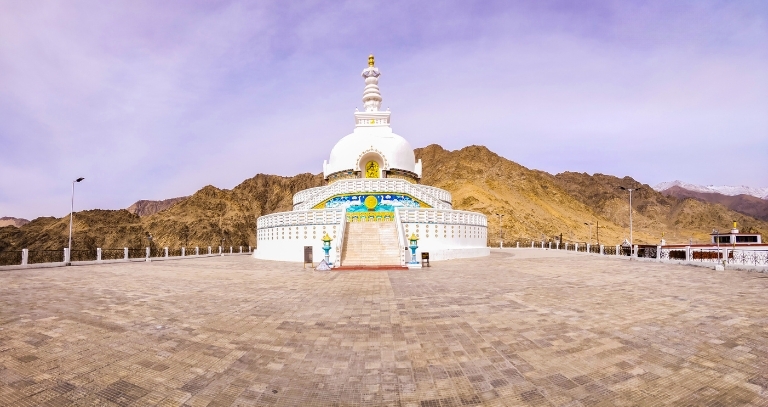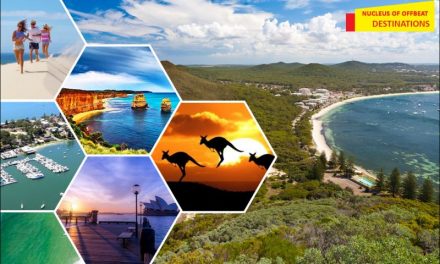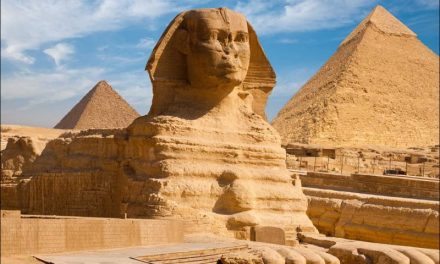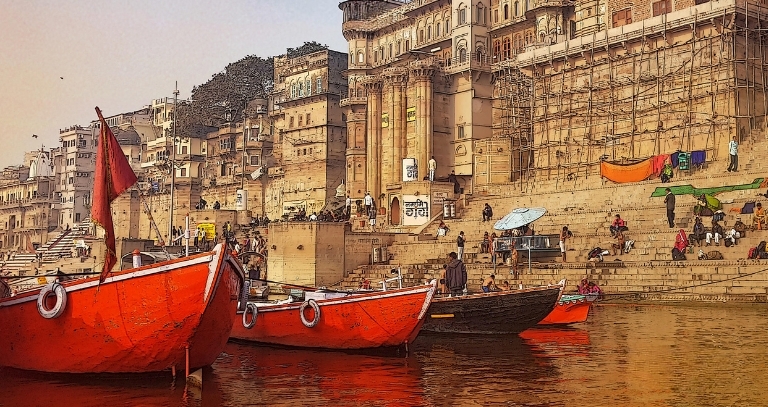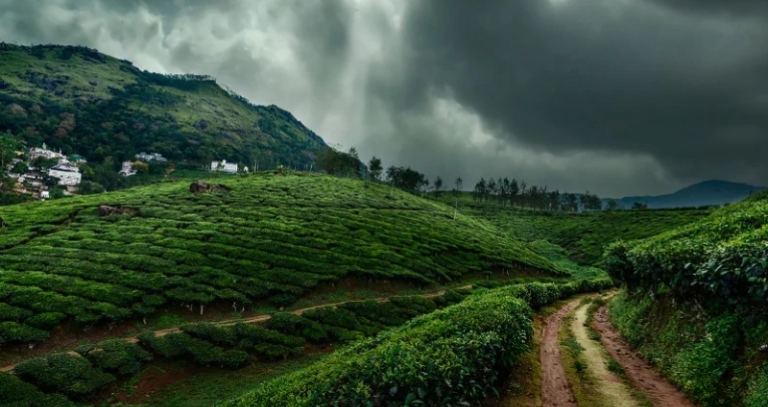Leh-Ladakh is a traveler’s paradise, offering serene landscapes, ancient monasteries, and thrilling adventures. However, high-altitude travel can challenge those with breathing issues, yet the rewards are truly unmatched. Moreover, this Leh-Ladakh travel guide highlights the region’s culture, lifestyle, food, festivals, attractions, and essential travel tips.
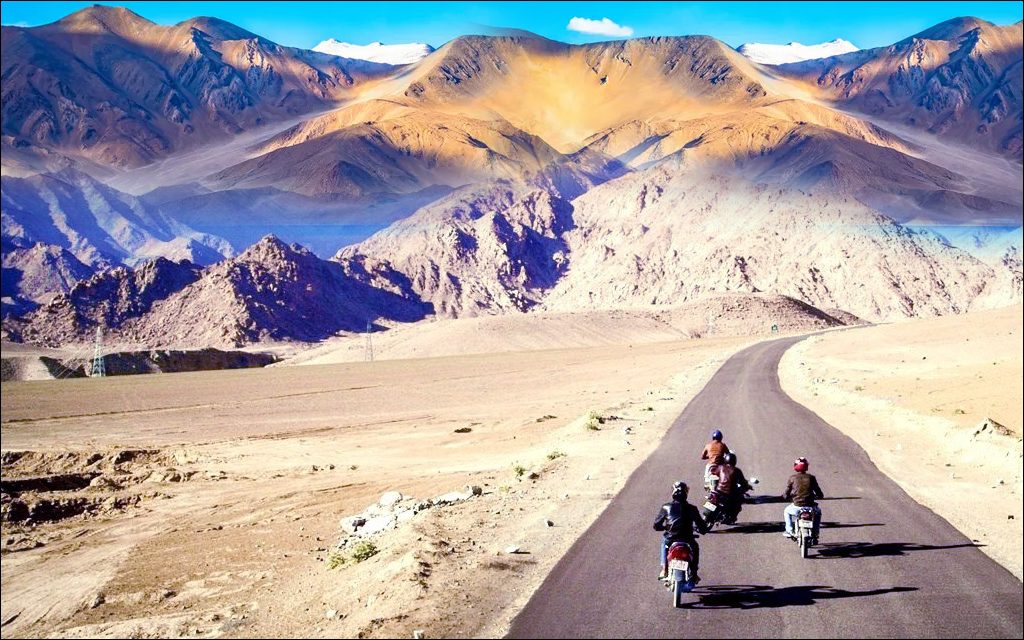
Culture and Lifestyle in Leh-Ladakh
Buddhism shapes every aspect of life in Leh-Ladakh. Moreover, agriculture sustains most locals, and simple living defines the Ladakhi lifestyle. In addition, warm hospitality ensures tourists feel welcome. Meanwhile, Ladakhi is the primary language, with Pahari spoken in some areas.
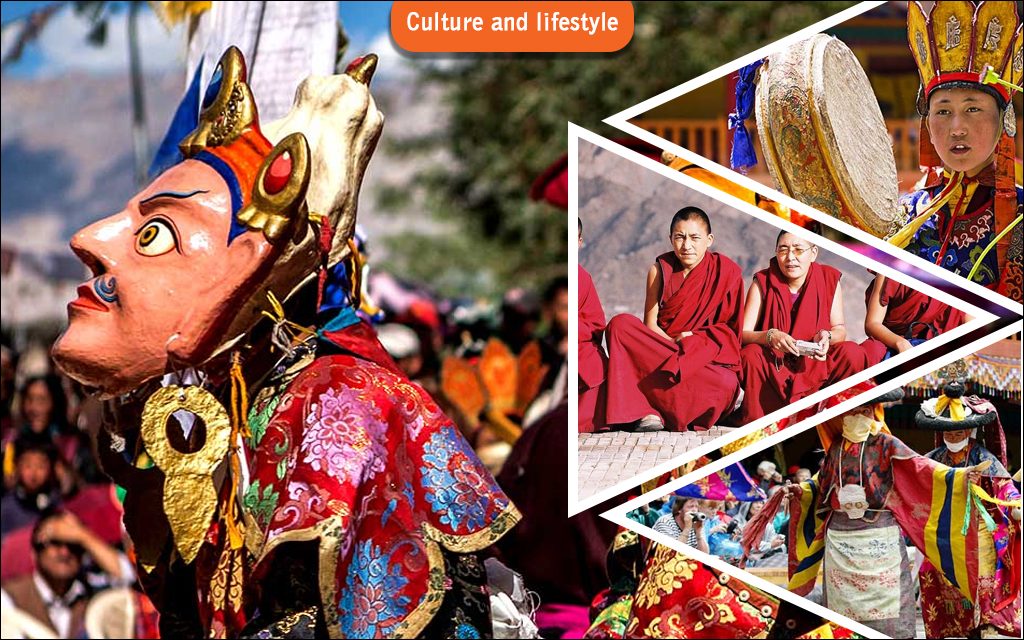
Traditional Wear of Ladakh
Men’s attire: Men wear a thick woolen coat called Goucha with a colorful sash (Skerag) to carry essentials and a top hat called Perak.
Women’s attire: Women wear Kuntop, a woolen coat, with colorful shawls and Perak hats representing rank through bead numbers.
Footwear: Woven yak hair shoes with leather soles complete the traditional look.
Food You Must Taste
Leh-Ladakh cuisine is both hearty and flavorful:
-
Skyu: Soup-based wheat and root vegetable dish.
-
Ladakhi Pulao: Aromatic rice with mutton, caramelized onions, and nuts.
-
Thukpa: Noodle soup with vegetables or meat and spices.
-
Butter Tea: Traditional tea with butter and salt, consumed daily.
-
Khambir: Crispy pan-shaped wheat bread served as a side.
Festivals to Attend in Leh-Ladakh
Festivals reflect Ladakh’s vibrant culture and spiritual traditions:
-
Hemis Festival (June): Celebrates Guru Padmasambhava with monks’ chamm dance.
-
Ladakh Festival (September): Blends Tibetan, Indian, and Central Asian cultures.
-
Matho Nagrang Festival: Monks perform as gods; oracles predict future events.
-
Dosmoche Festival: Two-day celebration warding off evil through rituals and dance.
-
Losar Festival (December): Marks New Year with music, dance, and offerings.
-
Spituk Festival (January): Celebrates victory of good over evil with chamm dance.

Best Time to Travel Leh-Ladakh
- Summer (April–June): Ideal for sightseeing, festivals, and open roads.
- Winter (November–March): Suitable for Chadar Trek and snow activities.
- Monsoon: Avoid travel due to landslide risks.
Average Temperatures:
-
April–June: 2°C – 19°C
-
July–October: 20°C – 25°C
-
November–March: -4°C – 7°C
Top Attractions in Leh-Ladakh
-
Shanti Stupa: White-domed stupa ideal for sunrise and sunset meditation.
-
Magnetic Hill: Optical illusion of vehicles rolling uphill.
-
Gurudwara Pathar Sahib: Mystical Sikh site with a historic folklore story.
-
Pangong Tso Lake: Crystal-clear water and breathtaking Himalayan views.
-
Hemis Monastery: Largest monastery in the region with colorful prayer flags.
-
Changla Pass: Adventure hotspot and third-highest motorable pass.
-
Nubra Valley: Green oasis with camel rides, monasteries, and scenic landscapes.
-
Khardungla Pass: Gateway to Siachen Glacier and Nubra Valley, perfect for biking.
-
Leh Palace: 17th-century palace with panoramic city views.
-
Spituk Monastery: 11th-century monastery with Thangka paintings and artifacts.
-
Hemis High Altitude Wildlife Sanctuary: Spot rare species like snow leopards.
-
Lamayuru Town: Explore moonland landscapes and ancient monasteries.
-
Alchi Monastery: Oldest monastery near Zanskar River, ideal for river rafting.
-
Kargil War Memorial: Tribute to soldiers from the 1999 Kargil War.
-
Nimu Village: River rafting spot where Indus and Zanskar meet.
Interesting Facts About Leh-Ladakh
-
Home to the rare twin-humped Bactrian camel.
-
Rich bird diversity including finches, robins, and Hoopoe.
-
Indian Astronomical Observatory, second highest optical telescope in the world, is located here.
-
Region celebrates the highest number of festivals in India.
-
Chadar Trek on the frozen Zanskar River is one of the hardest treks worldwide.
- By road: Approximately Rs. 10,000/- to Rs. 15,000/- per person (including accommodation, fuel, food and other expenditures)
- By air: Approximately Rs. 17,000/- to Rs. 25,000/- per head.
- Accommodation: Roughly between Rs. 700/- to Rs. 3000/- per night stay.Food: Affordable
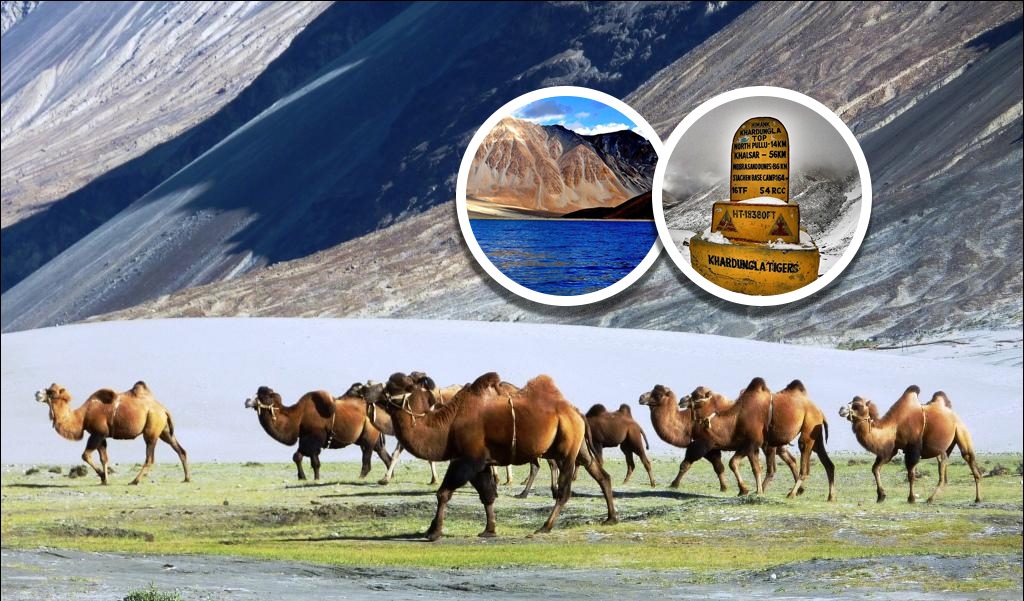
Packing Essentials for Leh-Ladakh
-
Medicines for motion sickness, headaches, and minor ailments.
-
Energy bars, chewing gum, and ample water.
-
Portable oxygen cylinder for high altitudes.
-
Warm woolen clothes, cotton clothing for summer, and sunscreen.
-
DSLR or camera for scenic shots.
-
Medical kit and emergency supplies.
-
Dress modestly for religious visits.
This Leh-Ladakh travel guide ensures a safe, immersive, and memorable journey, highlighting the perfect blend of adventure, spirituality, and culture in the enchanting land of high mountains and pristine landscapes.

